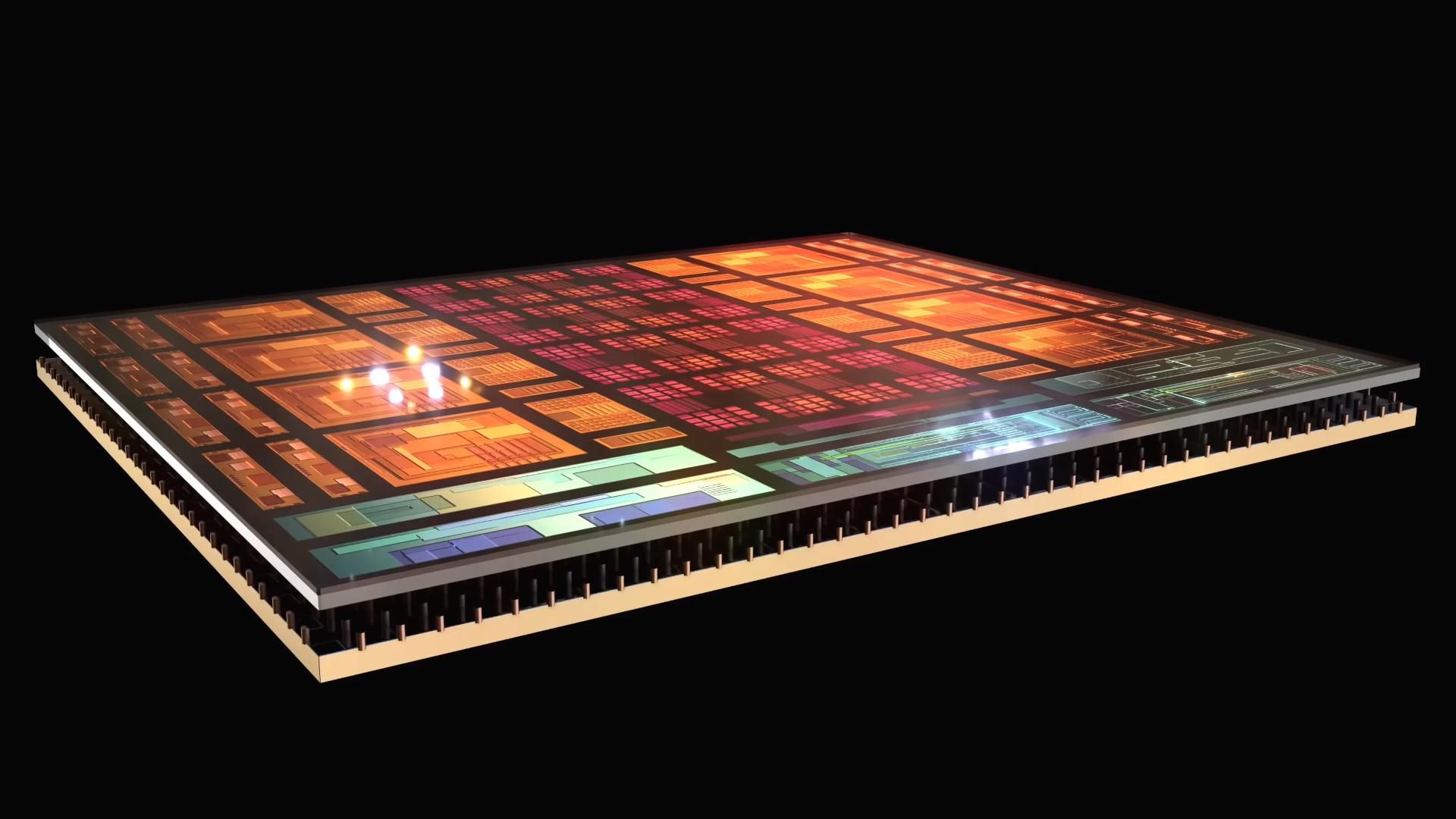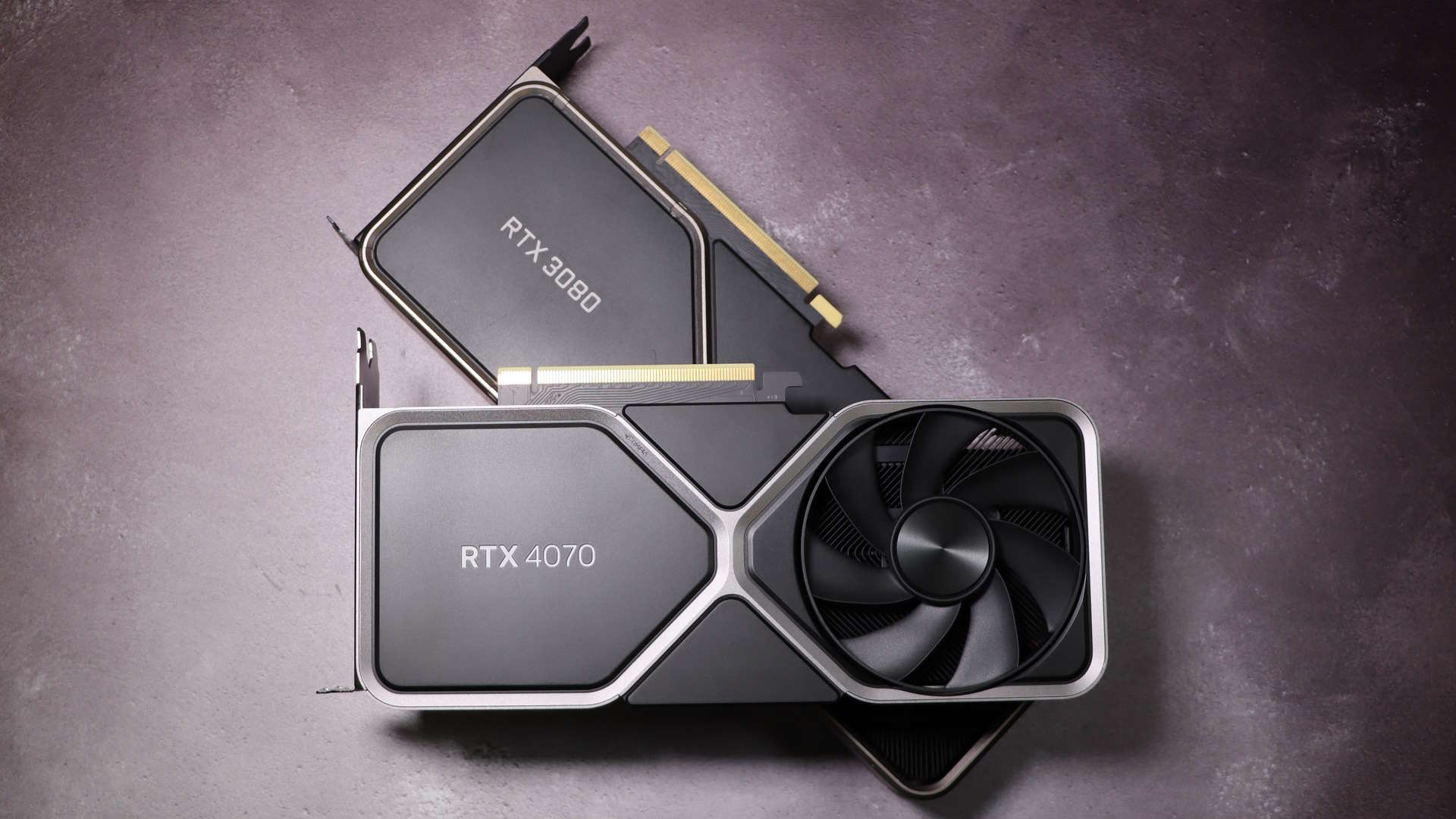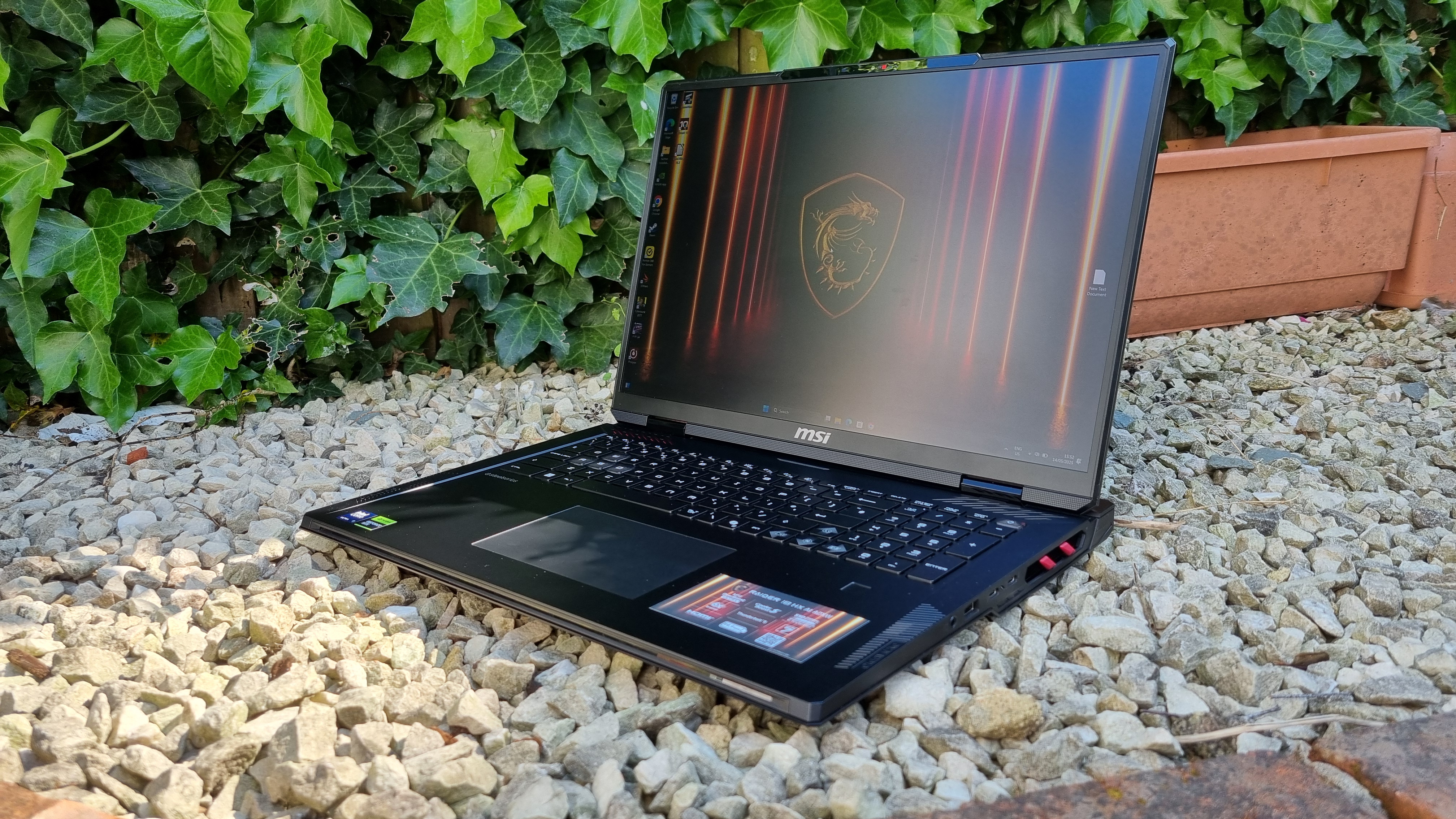
Even workstation Threadripper uber-chips will be joining the cache party.
When it comes to AMD CPUs, you’ll know that there’s one magic phrase that piques the interest of any PC gamer: 3D V-Cache. The forthcoming Ryzen 7 9800X3D will be the first chip to sport the latest version of performance-boosting cache but one eagle-eyed tech fan has spotted a big hint that AMD is planning to add it to its Threadripper chips and the next generation of laptop APUs.
The details of the catch can be found on Chiphell (via Videocardz), with forum user zhangzhonghao remarking that AMD will start adding 3D V-Cache to some of its laptop processors. That’s something which has only happened once before: the Ryzen 9 7945HX3D.
However, only Strix Halo APUs are in line to get a spot of 3D V-Cache. The reason why is that the 7945HX3D and Strix Halo are chiplet-based—think desktop Ryzen stuffed into a smaller package and you’ve got the general gist. All of AMD’s other APUs are monolithic (single die for everything) which makes them the wrong shape and size to apply standard cache slices.
AMD has been somewhat quiet about Strix Halo of late, but as far as we know, it’s still on track for appearing sometime next year. And what a monster it will be: up to 16 Zen 5 CPU cores, 40 RNDA 3.5 compute units in the integrated GPU, and a massive 256-bit memory bus.
Throw 3D V-Cache into the mix and you’ll have one seriously capable laptop processor for gaming, as the extra cache does wonders for improving a game’s minimum frame rates (as long as they’re not GPU-limited).
Surprisingly, Threadrippers with 3D V-Cache have been confirmed in the manual for an Asus TRX motherboard. At the moment, the only processors that have the extra L3 cache are desktop Ryzen 7 and Ryzen 9 variants, plus three server-grade Epyc chips.
So for anyone wanting to boost CPU performance in scientific and engineering scenarios, but doesn’t want to spend Epyc-levels of money, this is really good news. Not that you’d ever want to use a Threadripper chip for gaming. Sure they have a small mountain of cores (92 in the case of the Pro 7995WX) but they don’t clock very highly and use an awful lot of power.
So why do I mention it? Well, it’s been said that these new Threadrippers will have 3D V-Cache on every CCD (Core Complex Die), rather than just one or two. When AMD launched the first dual CCD chip with V-Cache, the Ryzen 9 7950X3D, only one of the dies sported the extra cache because having both would have notably reduced the overall clock speed of the chip.
Best CPU for gaming: The top chips from Intel and AMD.
Best gaming motherboard: The right boards.
Best graphics card: Your perfect pixel-pusher awaits.
Best SSD for gaming: Get into the game ahead of the rest.
That’s because the first and second generations of V-Cache had to be bonded to the top of the CCD, creating a thermal barrier. However, the version that’s being used with the Ryzen 7 9800X3D goes underneath the die, allowing for higher clock speeds, as well as letting AMD sell the chip unlocked for overclocking.
So if there’s no clock speed penalty any more, that means there’s a chance that the dual CCD Zen 5 chips with 3D V-Cache could have L3 cache slices on both core dies. That would mean you wouldn’t have to worry about making sure the game knew which CCD to use, to get the full benefit of 3D V-Cache.
I have a feeling that we won’t get a fully cached up 16-core desktop CPU, though, purely for cost reasons. Then again, with not much competition from Intel right now, AMD is somewhat free to try anything in the desktop market. Now if only someone could invent a handy add-on for my bank balance so I can buy all these lovely goodies heading our way.







